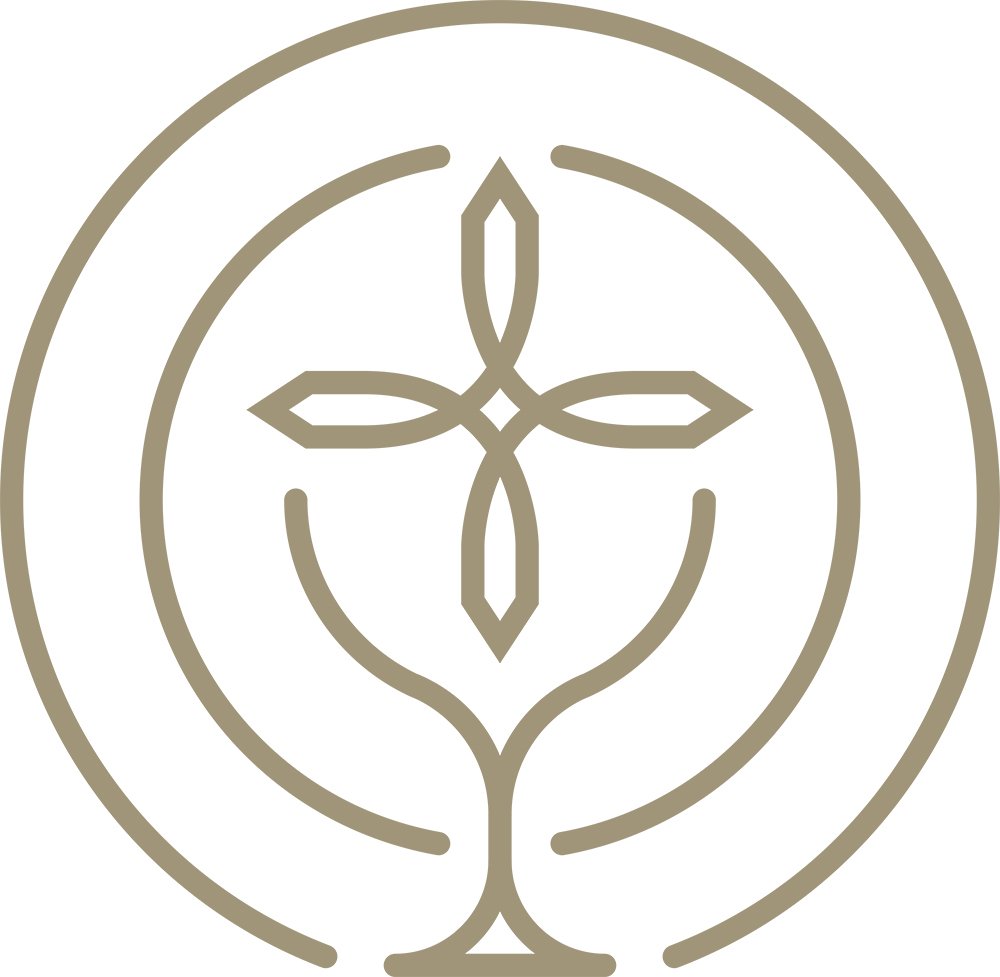Riches to Rags: A Story of St. Francis of Assisi
The following is adapted from a talk offered at the All Saints Club this past year. The next All Saints Club is scheduled for September 2025.
Assisi, Italy from a distance in fall 2023
Saint Francis of Assisi was born circa 1181- October 3, 1226, in Assisi, Italy. He was the son of a wealthy cloth merchant, Giovanni di Pietro di Bernadone, and Lady Pica. As a young man, he was very popular and was known for his rather wild social life of drinking and partying. Francis was born into a family of power, privilege, prestige and prosperity. As multiple biographies have pointed out, he had access to every conceivable vice, diversion, and distraction. In today's terminology, he was the consummate “rock star “with an entourage of sycophants. He was an entertainer, powerful speaker and he “owned” the world.
He had it all, there were no guard rails on his life. However, he was not a “happy camper”. There was something missing in his life. There was a hole in his soul that he could not fill with the pleasures of the day. No matter what he did, it was never enough. This downward spiral is reminiscent of some individuals today. The athlete, the celebrity, the person of prominence, the deal maker, the entrepreneur. Enough is never enough. The big house, the big car, the big bank role, the private jet, the headlines, the jewelry, the fancy resorts cannot satisfy that void, that lingering angst that is something is missing. Blaise Pascal, a mathematician and physicist stated, “There is a God shaped vacuum in the heart of each man which cannot be satisfied by any created thing but only by God the Creator, made known through Jesus Christ.”
Francis viewed himself as the knight in shining armor, the Terminator, the professional mercenary. With these dreams of being a knight, he joined the war of Assisi against Perugia, where he was captured and held in prison for approximately one year. A battle injury and being captured and imprisoned by the enemy brought him to his knees. He then learned that he was heading down a rabbit hole from which there was no reprieve. At this point he underwent a conversion where grace and existential wake-up call transformed his life and transformed the world. Upon his release he returned to Assisi where his conversion began. As he was riding back into town, he encountered a leper whom he previously would have found repulsive, but something stirred within his soul, and he now embraced and kissed the leper.
After praying at the church of San Damiano, he heard the voice of Christ telling him to rebuild the Christian church which at the time was full of scandalous behaviors. Soon after, he denounced his wealth, repaired the church at San Damiano and began helping the lepers, begging for food and preaching. He soon amassed twelve more men to join him, and they began begging, preaching and praying in the local areas, eventually traveling as far as Egypt. His clothes were a basic rough tunic and rope with three knots symbolizing poverty, chastity, and obedience. Francis was nicknamed Il Poverello, little poor man.
Francis embraced all creatures (referring to them as brothers and sisters) and nature and became known as the patron saint of animals and nature. There is a blessing of animals worldwide on his feast day, October 4th. One popular legend states he tamed a vicious wolf outside of Giubio, Italy who was terrorizing the local people. He made a pact with the wolf to stop killing the local townspeople and in exchange they would feed him. They maintained a symbiotic relationship until the wolf died two years later.
He was the founder of the Franciscan orders of the Friars minor, the women's order of Saint Clair (Poor Clares) and a Lay Third Order.
Francis to this day, is one of the most venerated religious figures in Catholic history. For example, more words have been written about Saint Francis than any other human being. More than 100 books have specifically focused on his life. And we can learn from him the importance of simplicity, doing the right thing, and recognizing that we are visitors on this planet and we do have a responsibility to protect it. And to protect the creatures with friends and feathers who share the world with us. The first pope to take on Francis’ name, was Pope Francis, who also embraced the needs of the poor.
Francis received the stigmata in 1224 (wounds resembling those of Christ on the cross) at Mt. La Verna. The last couple of years of his life he was totally blind and in constant pain. He died at the Porziuncula in Assisi. St Francis of Assisi was Canonized by Pope Gregory the 9th in 1226. His body lies in the papal basilica of Saint Francis of Assisi in Assisi, Italy.
Peggy & Ed Creagan, MD FAAHPM


